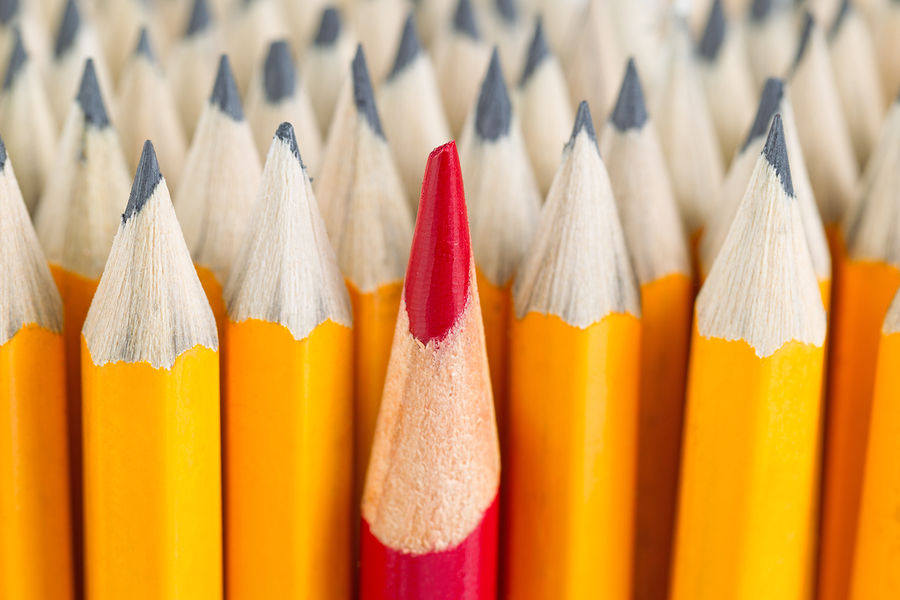
In the 80′s a revolution happened
But when it started no-one knew it was going to change the world forever.
The IBM personal computer had just hit the streets. The computer manufacturers didn’t take much thought on this small blip on the computer event horizon. 10 years later many of them were going out of business or gone. The survivors had to reinvent their business models.
But the first PC was very boring.
What colour did you want on your screen? It was black and white or nothing.
Then things got very exciting a year or two later. You were able to have orange and green text on a black background.
Today the choices are infinite in vibrant HD color.
But it’s not just about color….. it is now a multi-media smorgasbord on a very visual web. High definition images. video and even live streaming.
Why visuals are important
Research shows that images and visuals have huge impact on sharing and even web traffic.
If you just look at Facebook. 87% of total interactions (sharing, clicks and comments) can be attributed to just photos. On Twitter you get 150% more retweets, 89% more favorites and 18% more clicks.
What are your visual content plans?
It is predicted that 70% of marketers this year are planning to increase their use of visuals to maximize their marketing effectiveness.
What are the optimal image sizes on social networks?
There are two things you need to consider. Optimal size and acceptable. Let’s have a quick look at the key images for the top social networks and the optimum image requirements.
The infographic below will provide more detailed instructions for each of the 7 platforms. These include file size, file type and pro tips.
For your in-stream photos the optimum is 1024 x 512 pixels.
With the shared images on Facebook the optimum size is 2048 x 2048 pixels.
Google+
The shared images on Google+ need 2048 x 2048 pixels.
Tumblr
The shared images on Tumblr requires 1280 x 1920 pixels.
The images in the feed on Instagram need 640 x 640 pixel visuals.
The Pin image standard needed on Pinterest is 736 pixels wide and you don’t need to worry about height as it is scaled for you.
The shared image requirement on LinkedIn needs a 531 x 399 pixel visual.
So for a top content marketing tips on visual content standards. Check out the infographic below for more detailed requirements on the visual standards you need to follow for obtaining the best results.

Infographic source: Surepayroll.com
So what about your images?
Are you sharing visuals on Twitter yet? What are your plans for including more visuals in your marketing strategies?
Look forward to reading your insights and stories in the comments below.
This article was syndicated from Business 2 Community: Content Marketing Tips: Image Rules For The Top 7 Social Networks
More Sales & Marketing articles from Business 2 Community:




